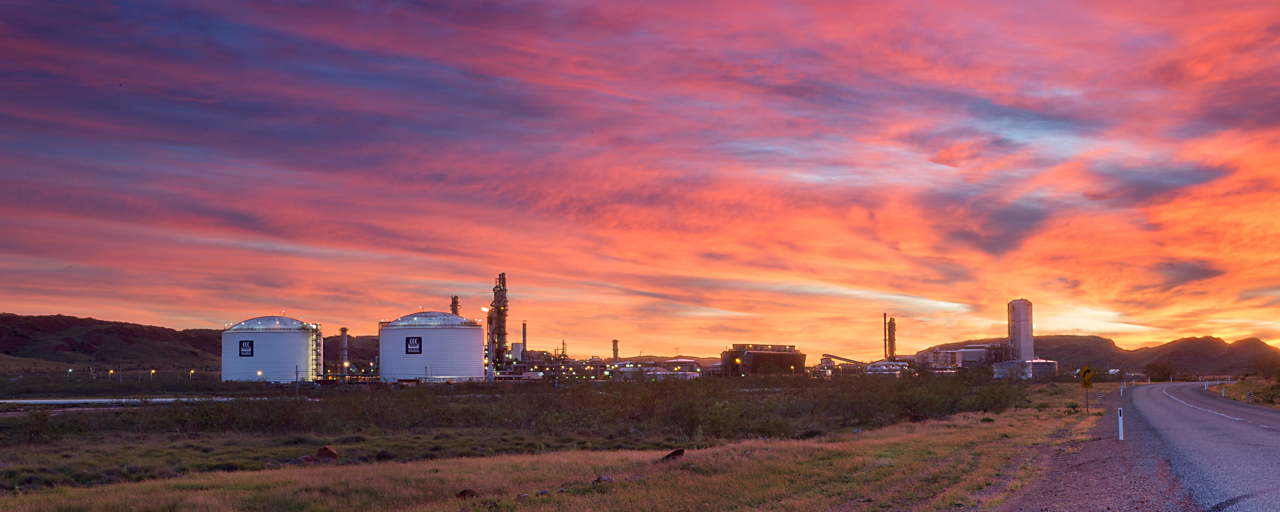Mineral fertilisers are essential for growing crops and feeding the global population, yet their production relies on fossil fuels to generate the required energy, resulting in carbon dioxide emissions.
KEY INFORMATION
Location: Burrup Peninsula, Pilbara region, Western Australia
Date started: 2019
Completion date: 2023
Client type: natural resource
Main capabilities: controls and performance
As one of the world’s largest ammonia producers for use in agriculture, Yara International, alongside ENGIE, is examining the potential to make renewable hydrogen technology work in industrial scale facilities.
Exploring feasibility in green ammonia
Green ammonia is a new type of industry that will produce hydrogen and ammonia with renewable energy, and support transition to a low-carbon society. Yara is currently running production pilots using renewable energy, including YURI, which aims to begin decarbonising the mining and ammonia production sectors in Western Australia, as well as establish a new industry value chain.
By harvesting the abundant renewable power in Western Australia, Project YURI will make renewable hydrogen as feedstock for renewable ammonia and ammonium nitrate for domestic use and for export. The facility will be one of the world’s first industrial-scale renewable hydrogen production operations.
Optimising investment in technology
The Project YURI plan consists of a multi-phase roadmap which aims to deliver a commercially viable technology and route to market. We are working with the Yara engineering team, providing project controls and estimating support.
Our approach to project controls is enabling the pilot project to identify and implement mitigation strategies as the project navigates the challenges of bringing ground-breaking, innovative technologies to market.
Stepping stone for hydrogen
Hydrogen can also be used to store and transport carbon-free energy for power plants, industrial furnaces and as fuel for mobility, effectively reducing our dependence on fossil fuels. One of the key elements of promoting the transport of hydrogen using NH3 as the vector is the advantage NH3 has in terms of energy density.
It therefore has huge potential as a potential energy export for Australia. Green ammonia is key to this process as it provides the opportunity to safely store and transport hydrogen by transforming it into a liquid or salt.



